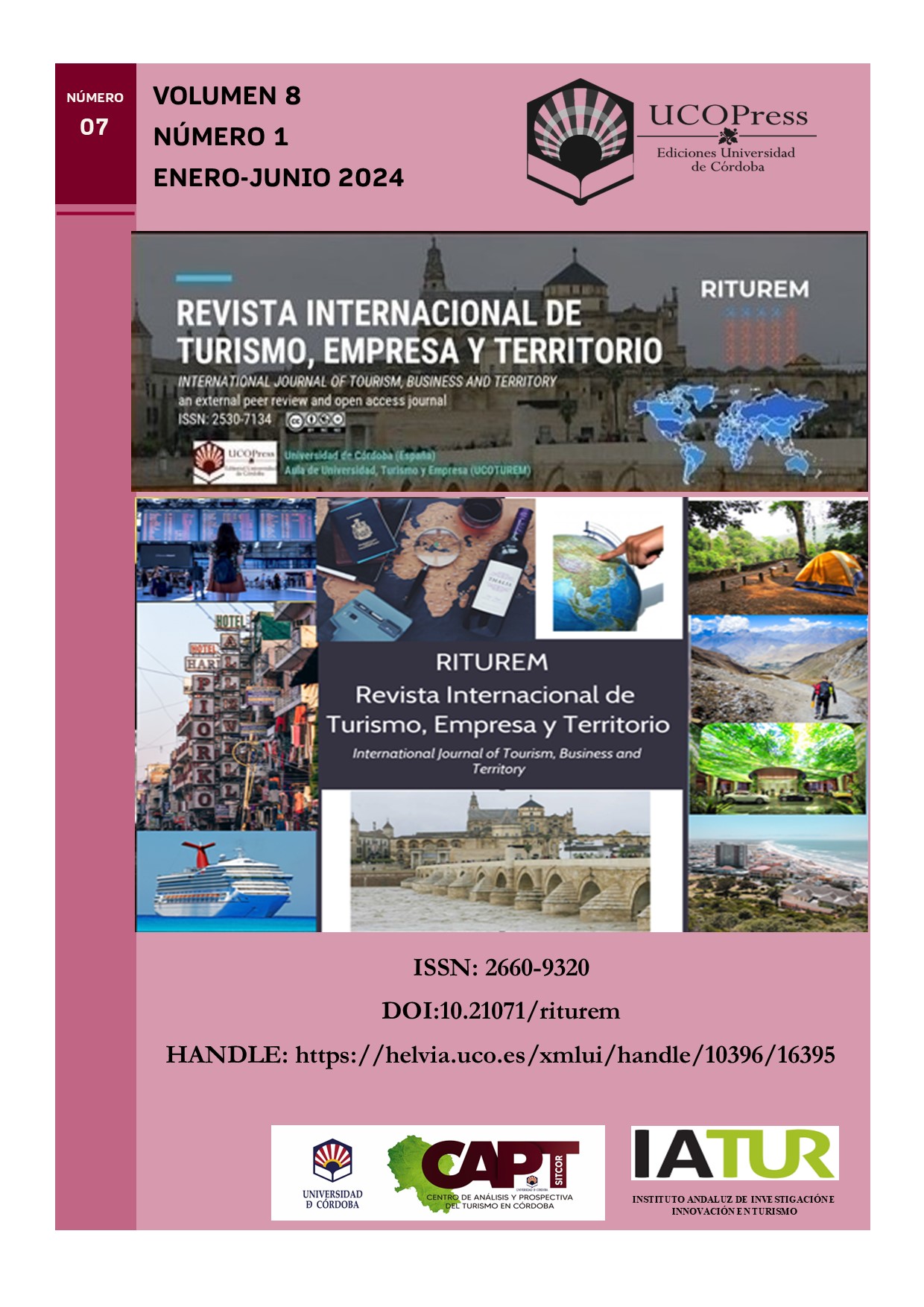Kitsch landscapes as tourist destinations in South and Southeast Asia (China, Vietnam, Nepal)
Main Article Content
Abstract
Carried out within the framework of the AQAPA programme 2014-2019 of the French National Agency for Research (Agence Nationale de la Recherche, ANR), this study focuses on the stereotypical kitsch-based “staging” of tourist sites and resorts, taking as examples three Asian tourist regions characterized by the presence of ethnic minorities: Da Lat in Vietnam, Pokhara in Nepal and Sandu in China. This staging notably relies on the use of false décors (Baudrillard, 1981) – what Umberto Eco (1985) called an “artistic lie” – and aims to provide the tourist with “a reassuring but artificial vision of things” (Menon, 2006). This article thus looks at this kitschifying of landscapes developed for tourism at the rural/urban interface (scenography, experience provided for tourists, processes mobilized) and the objectives it serves, in order to start to understand and interpret the underlying message(s).
Keywords: landscape, kitsch, tourism development, governance, Vietnam, China, Nepal.
Downloads
Article Details
Copyright Notices Proposed by Creative Commons
Proposed policy for journals offering deferred open access
Those authors who have publications with this journal, accept the following terms:
1. The authors will retain their copyright and guarantee to the journal the right of first publication of their work, which will be simultaneously subject to the Creative Commons Recognition License CC BY-NC 4.0 (Creative Commons — Attribution-NonCommercial 4.0 International — CC BY-NC 4.0 ) hird parties to share the work provided that its author and its first publication is indicated this journal and no commercial use is made.
2. Authors may adopt other non-exclusive licensing agreements for the distribution of the published version of the work (e.g., deposit it in an institutional telematics file or publish it in a monographic volume) provided that the initial publication is indicated in this journal.
3. Authors are allowed and recommended to disseminate their work over the Internet (e.g. in institutional telematics files or on their website) before and during the submission process, which can produce interesting exchanges and increase citations of the published work. (See The effect of open access: http://opcit.eprints.org/oacitation-biblio.html.
